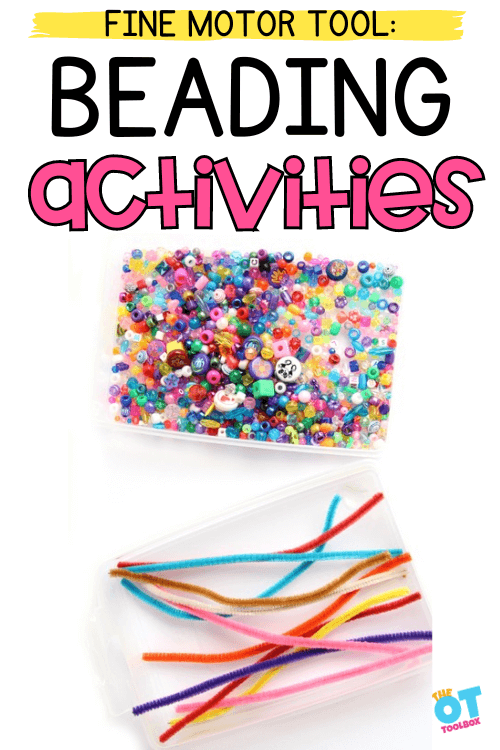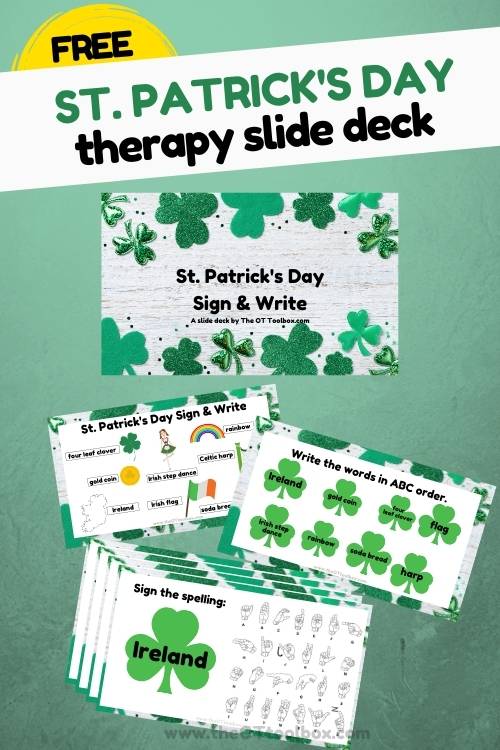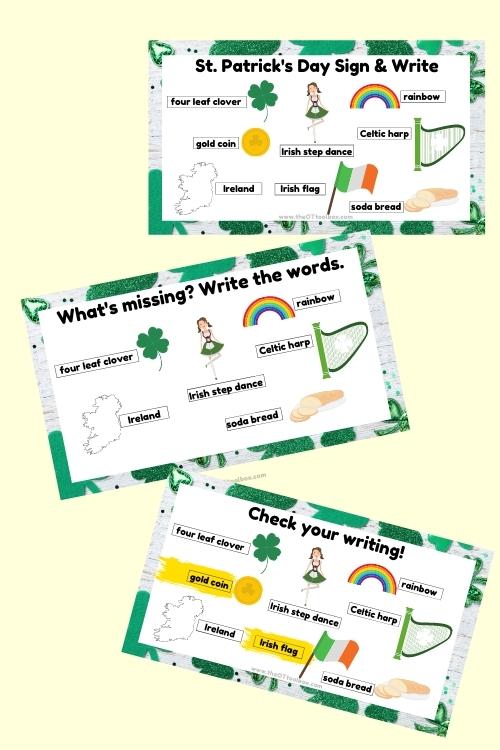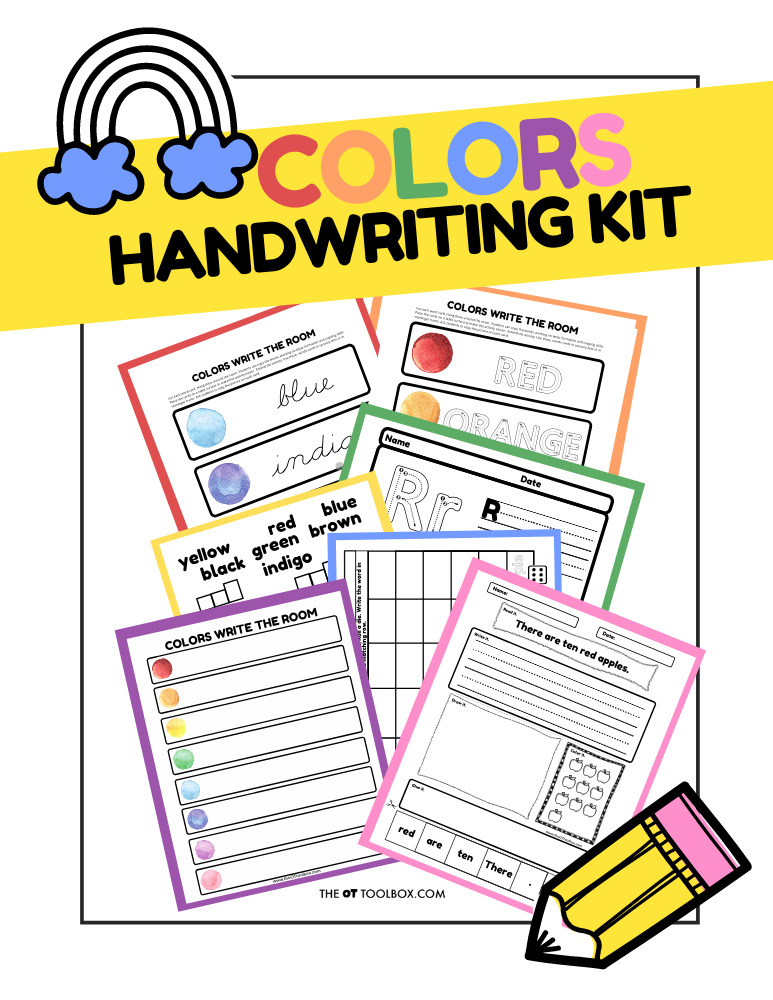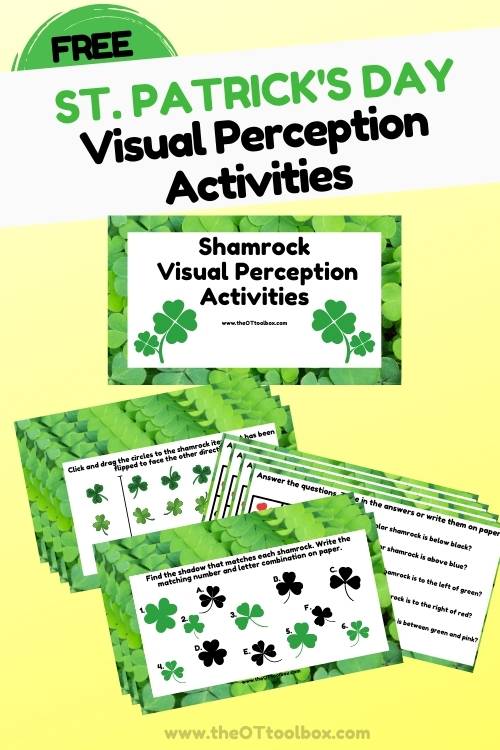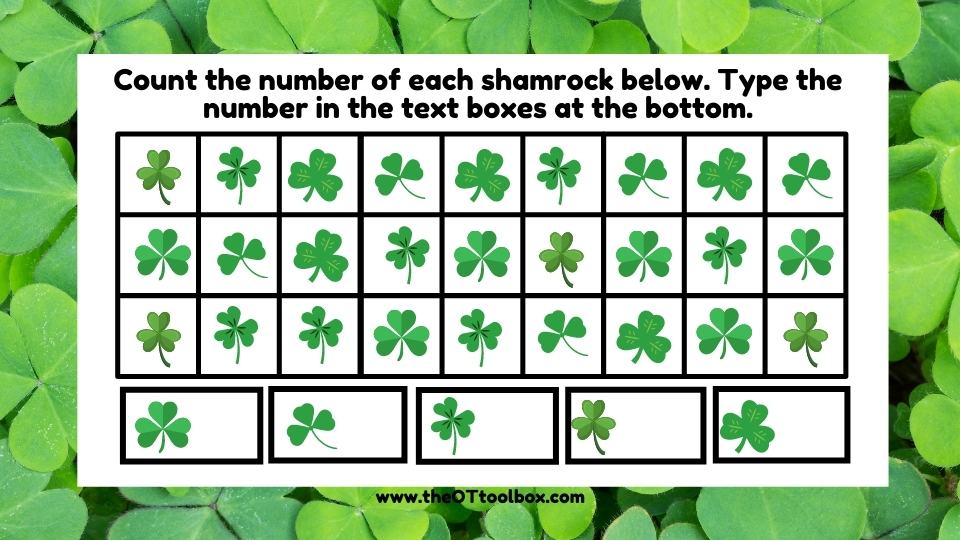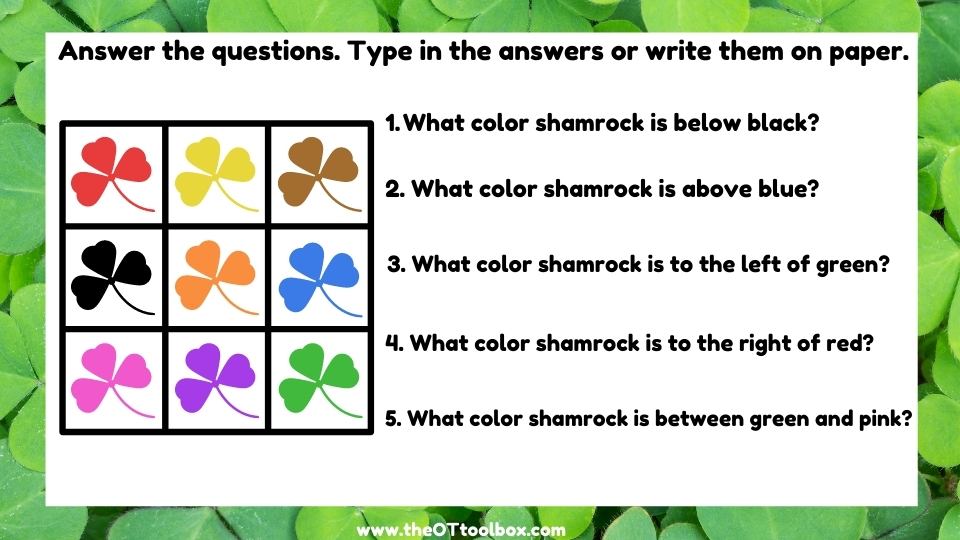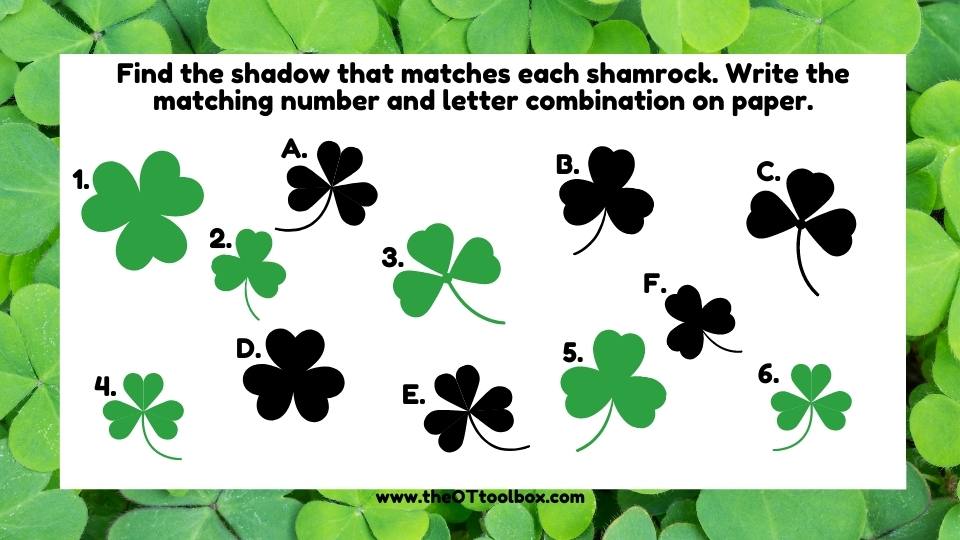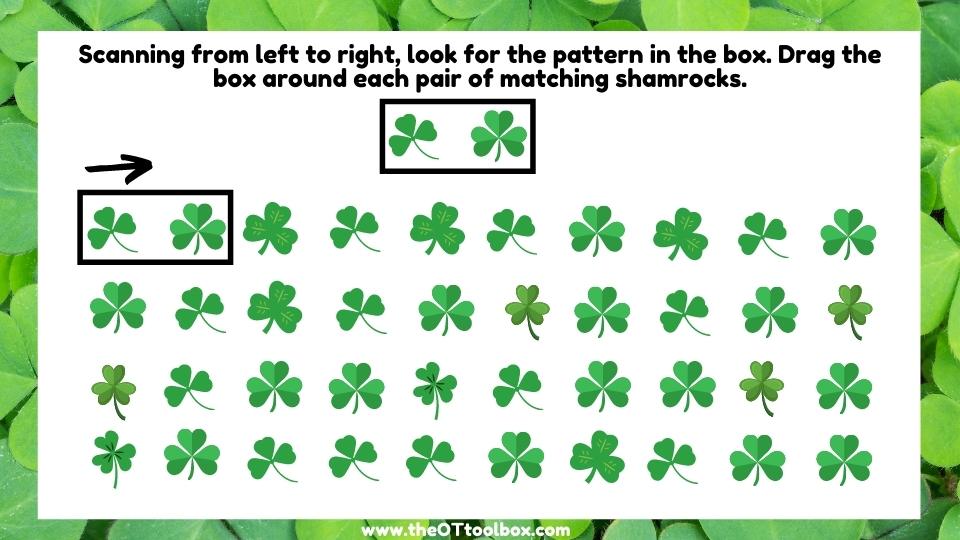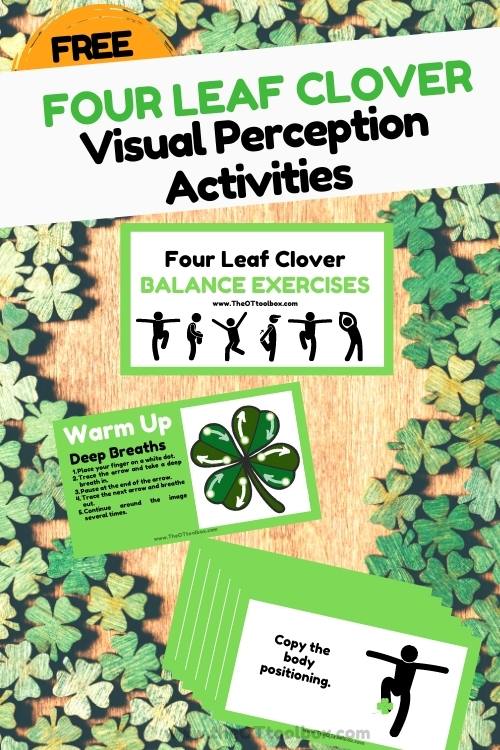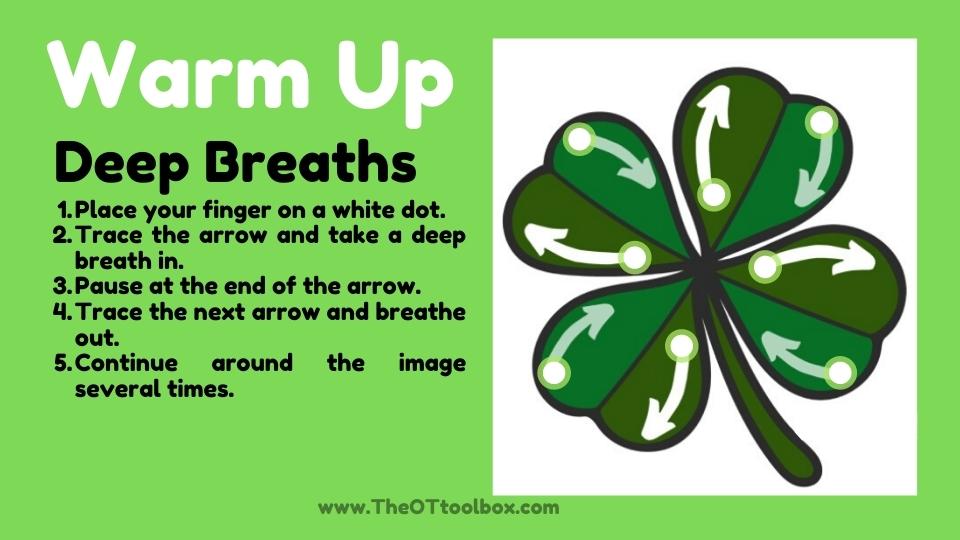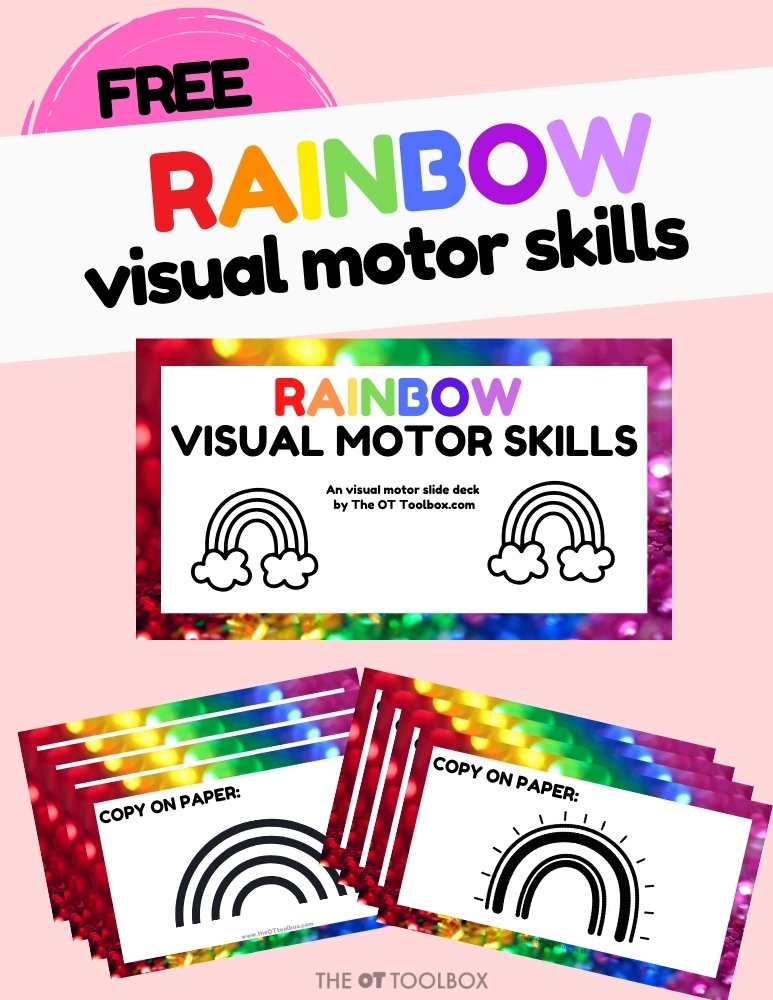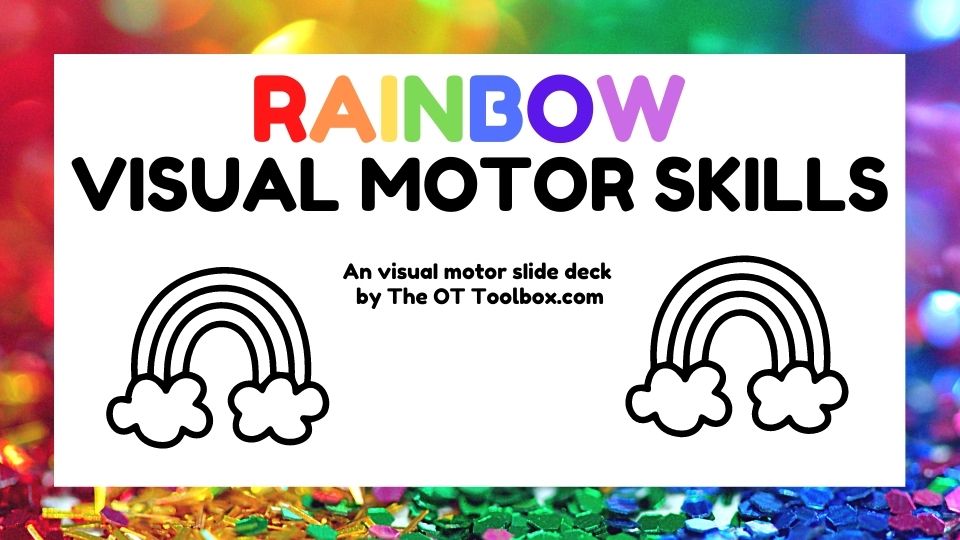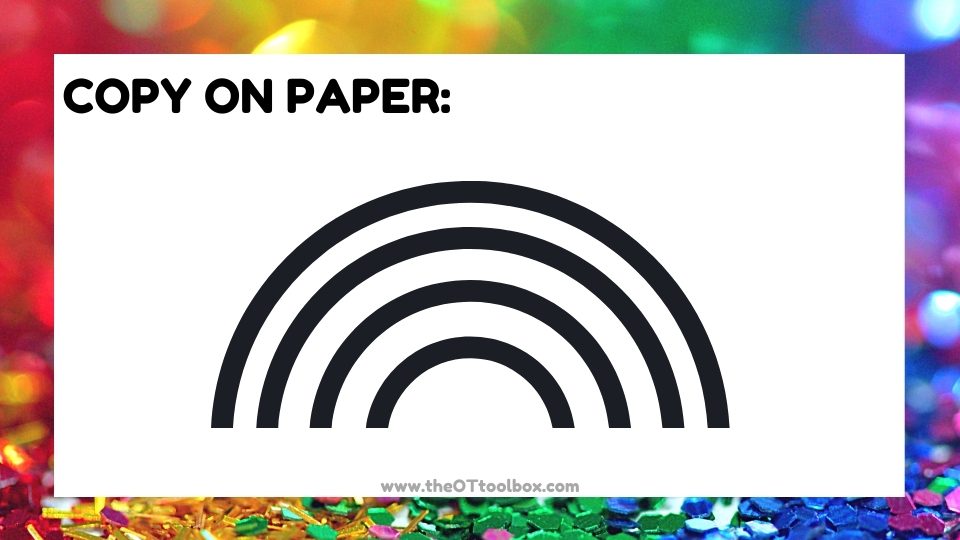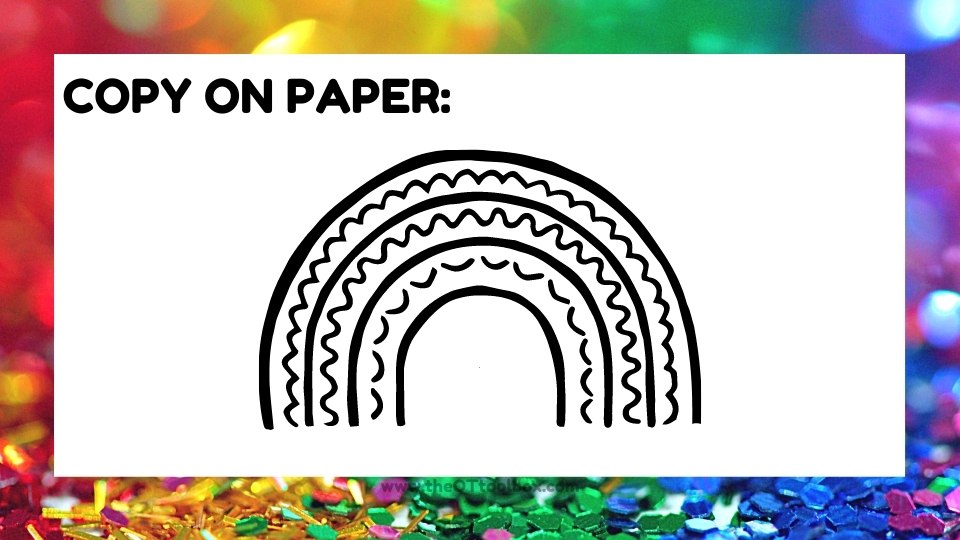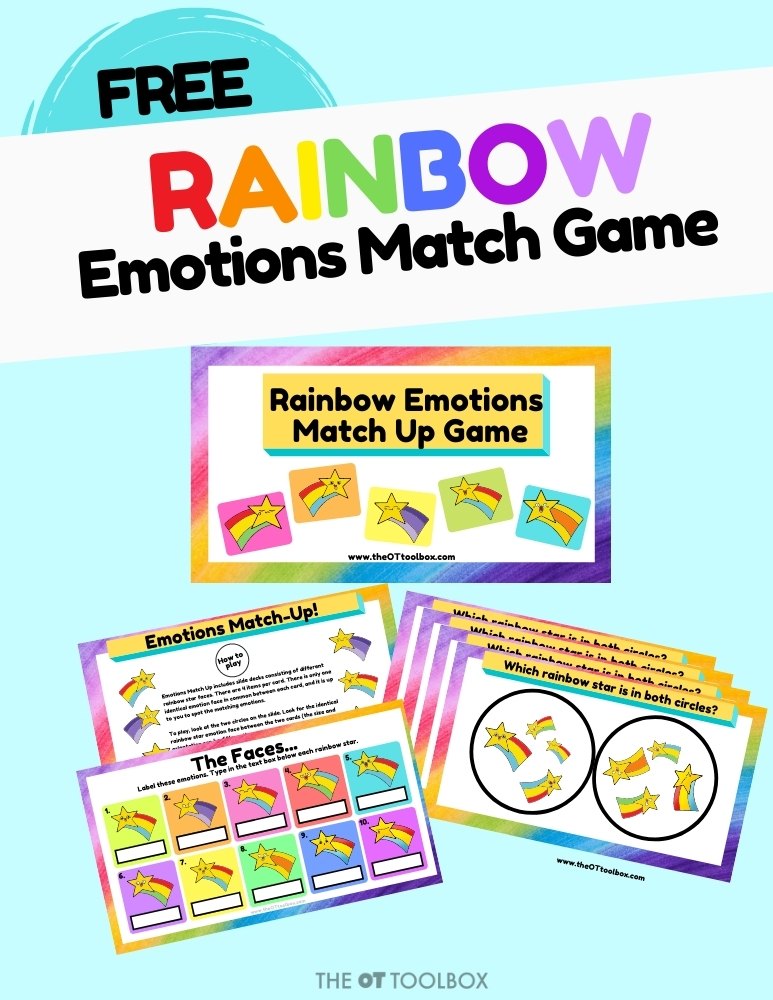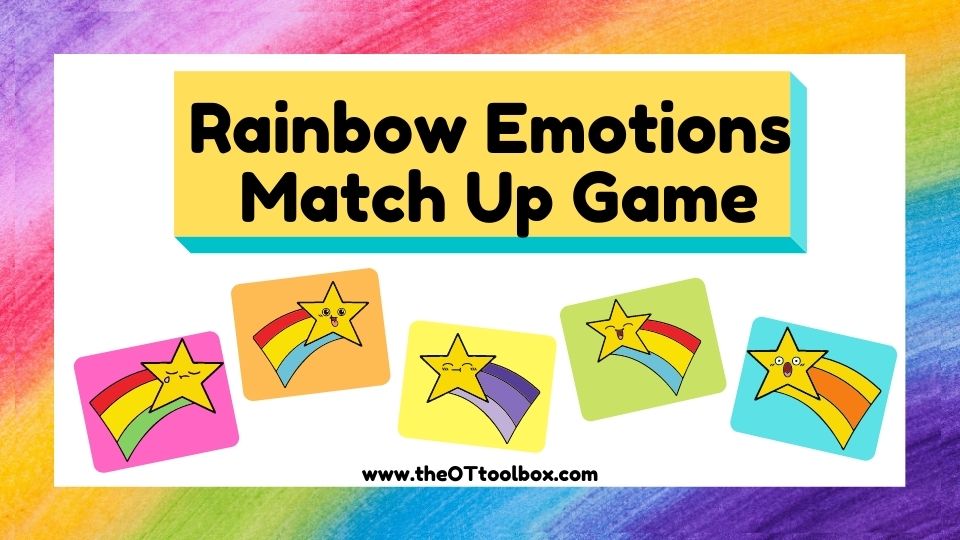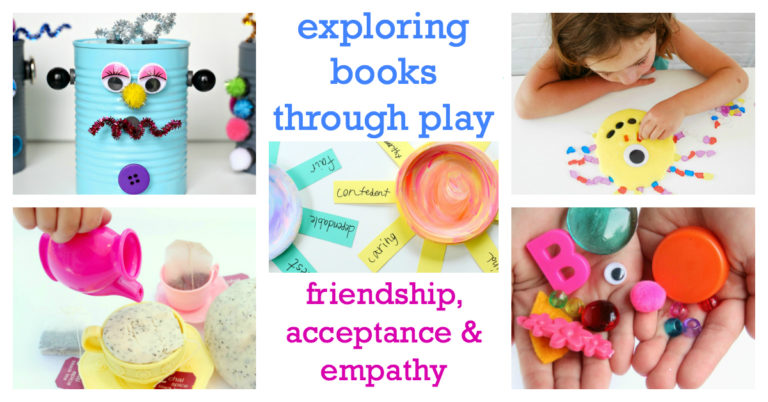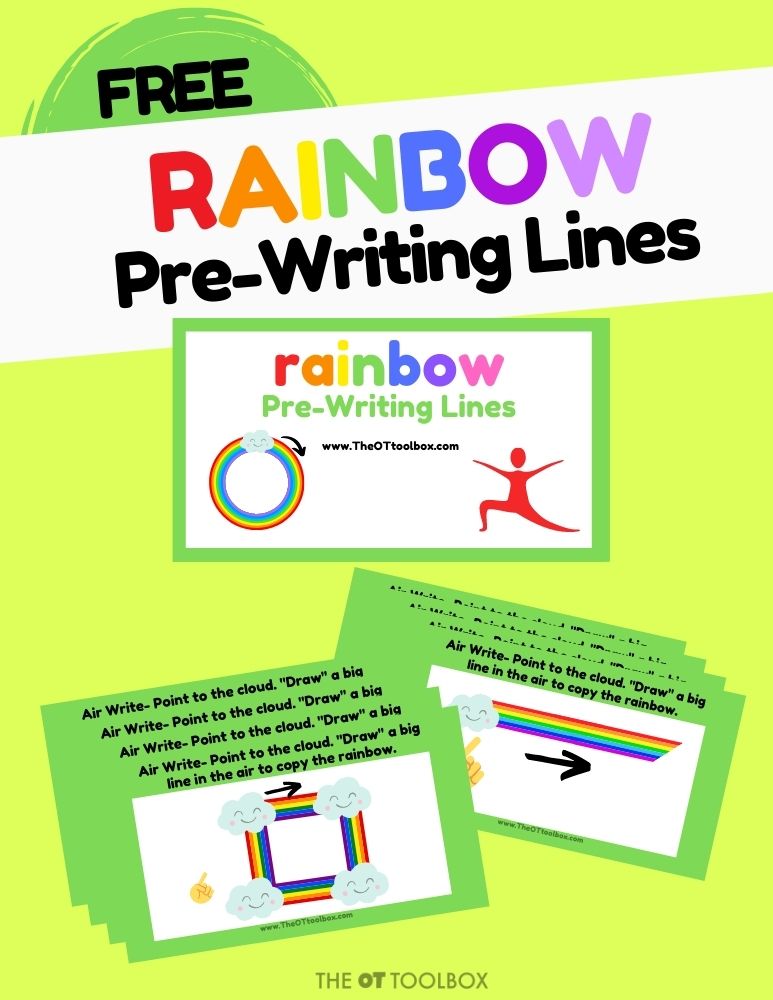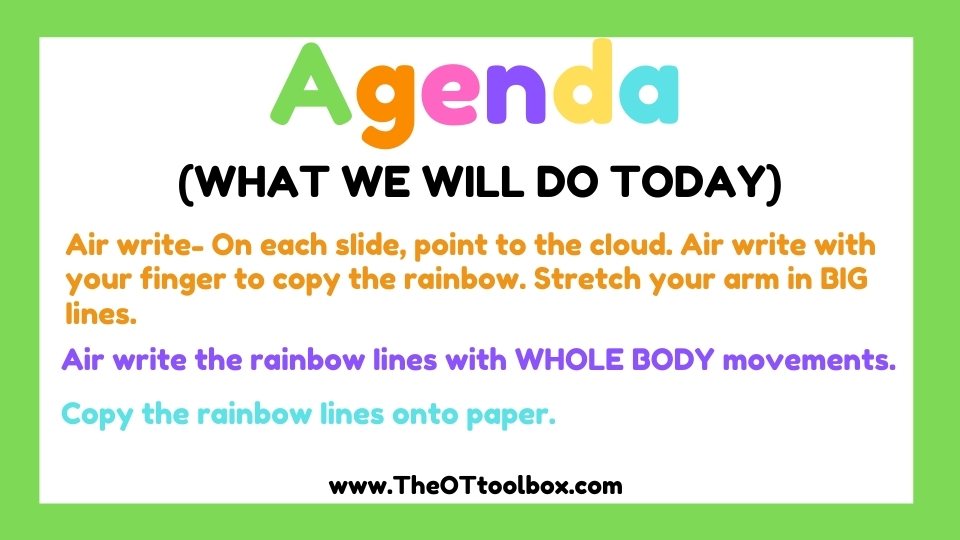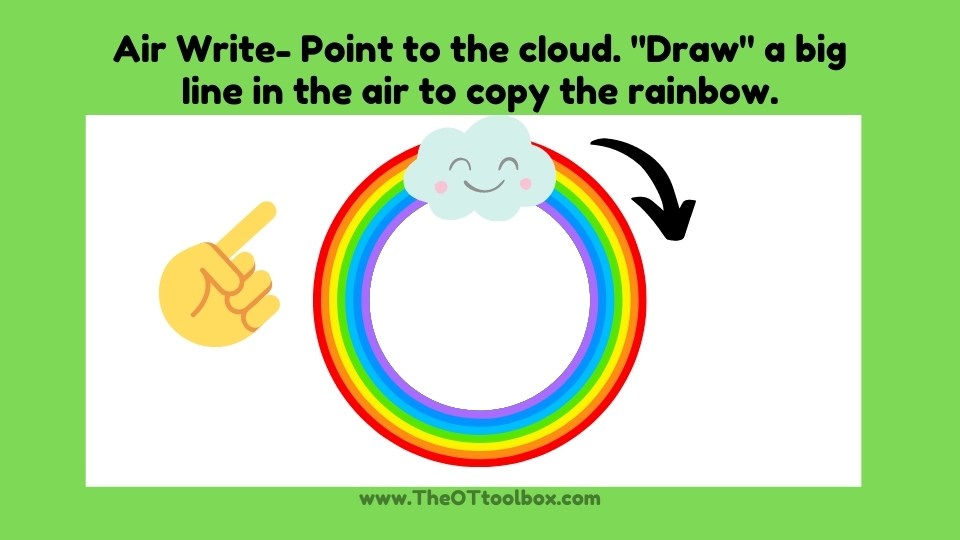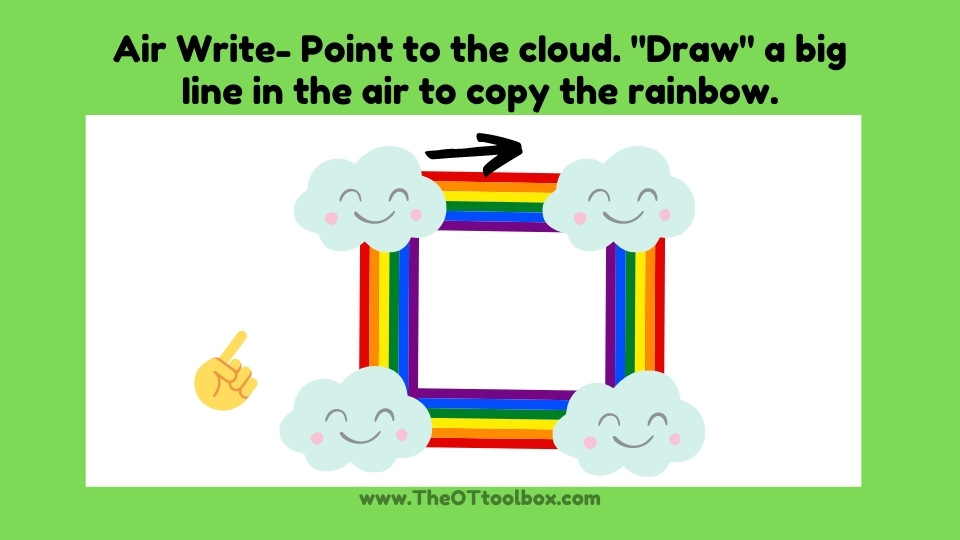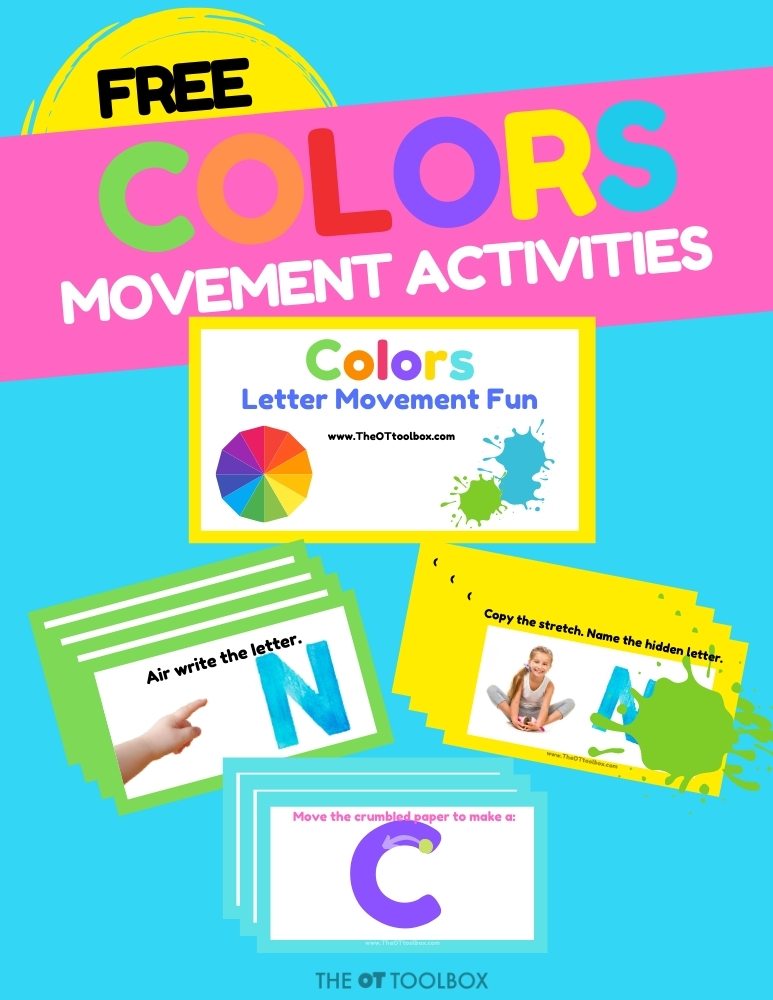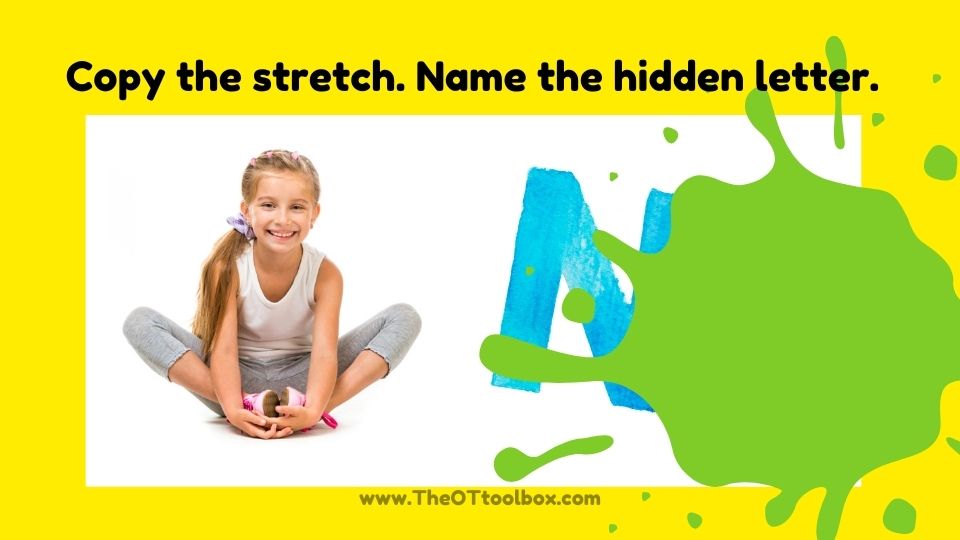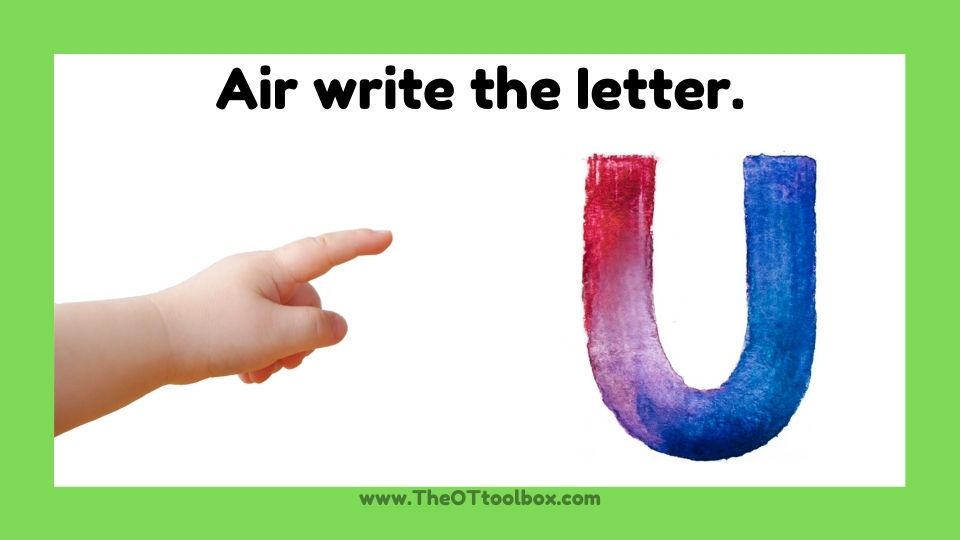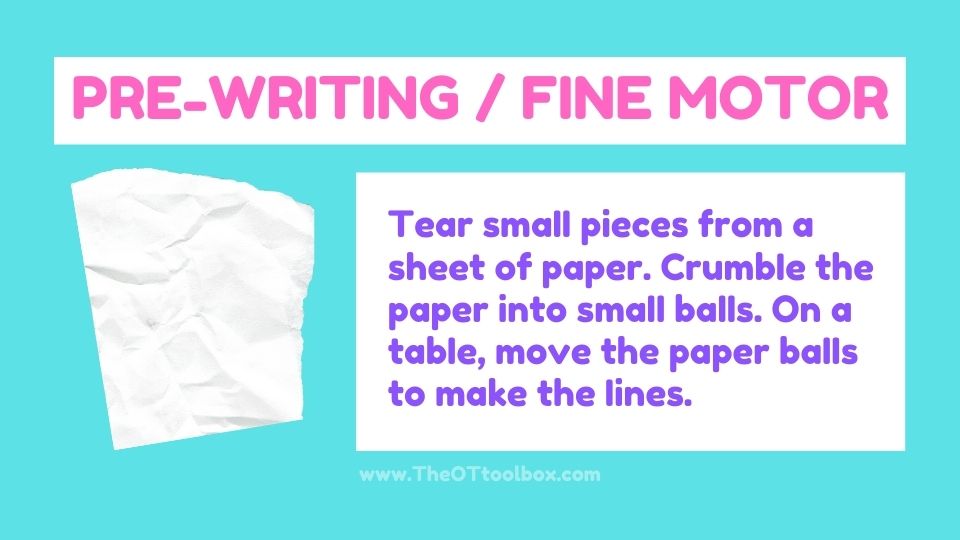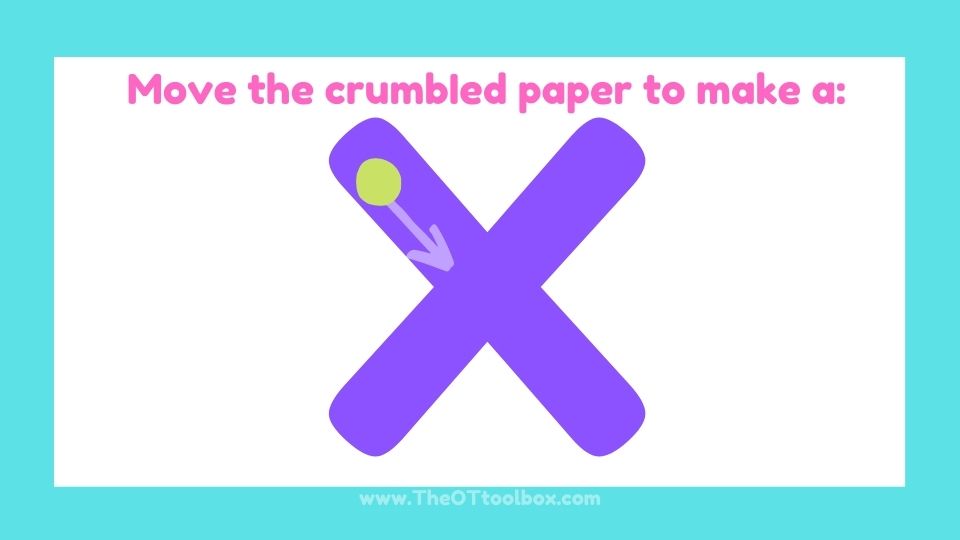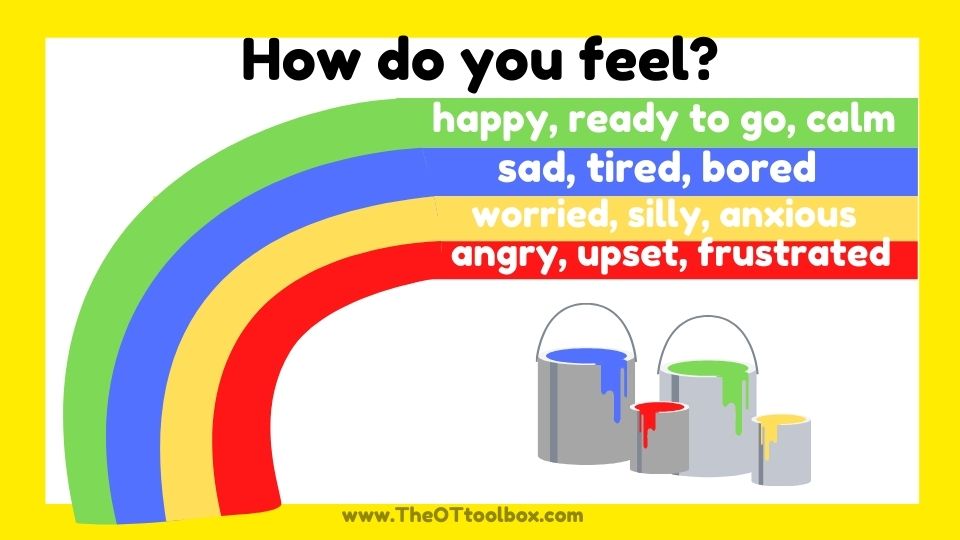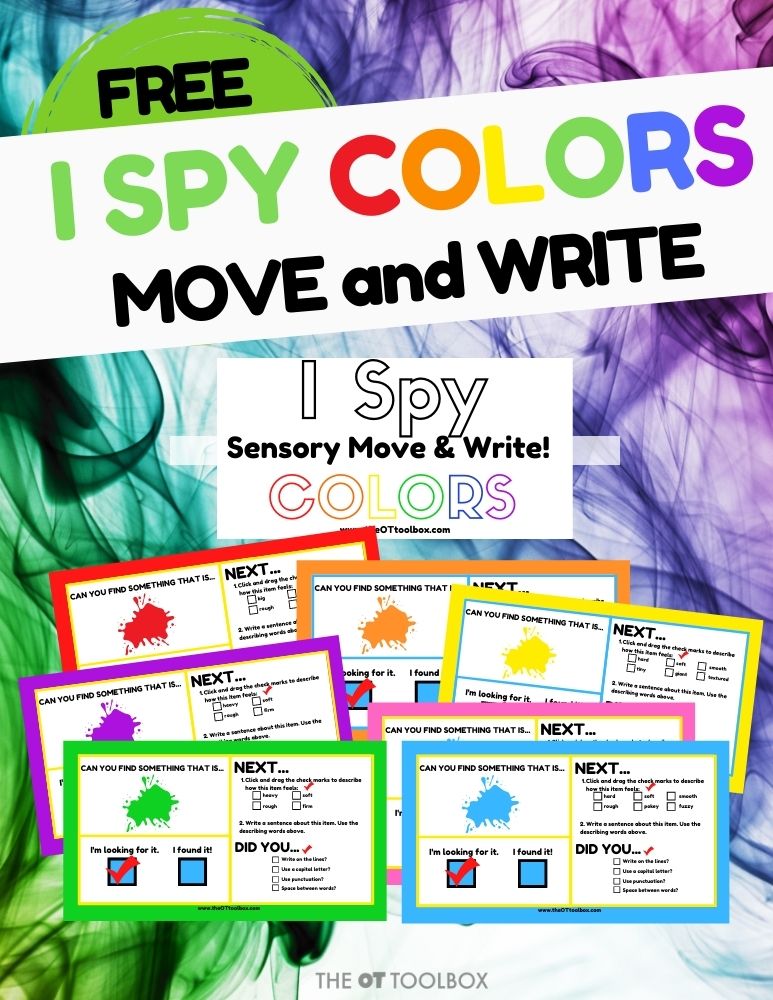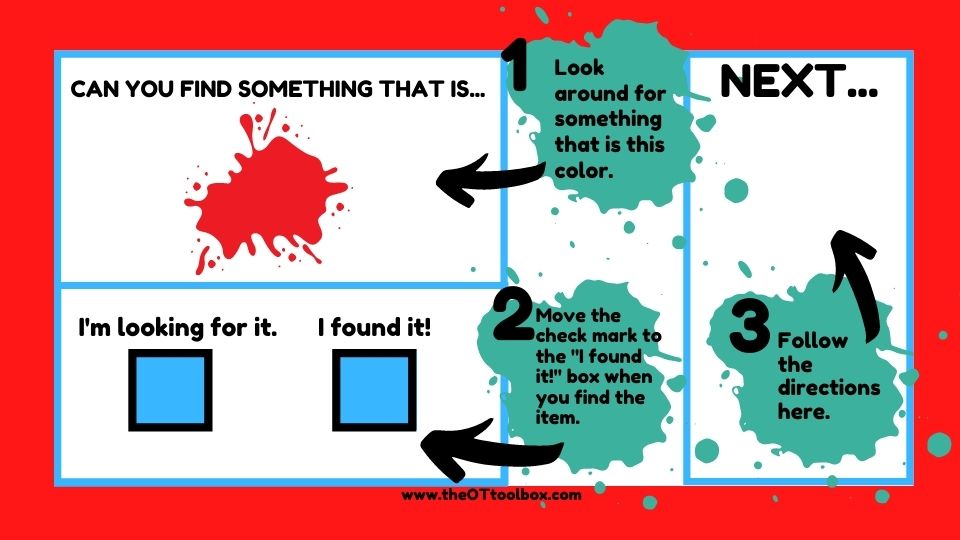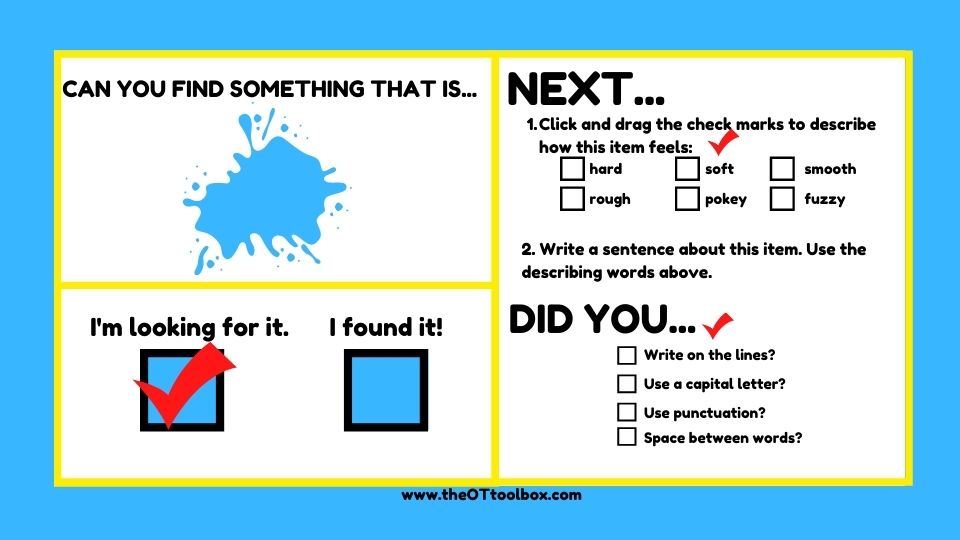Today, I have another free therapy slide deck for you to use in guiding teletherapy occupational therapy sessions. This activity is a Spring themed emotions matching game. The premise behind this emotions game is to help with teaching feelings to kids, as well as the social emotional learning involved in self-regulation. Because there are always other skill areas to work on, the occupational therapy activity addresses visual perceptual skills like visual discrimination and visual memory as well.
This teletherapy slide deck is one of the many free slides we have here on the website. Use them in your teletherapy activities for occupational therapy.
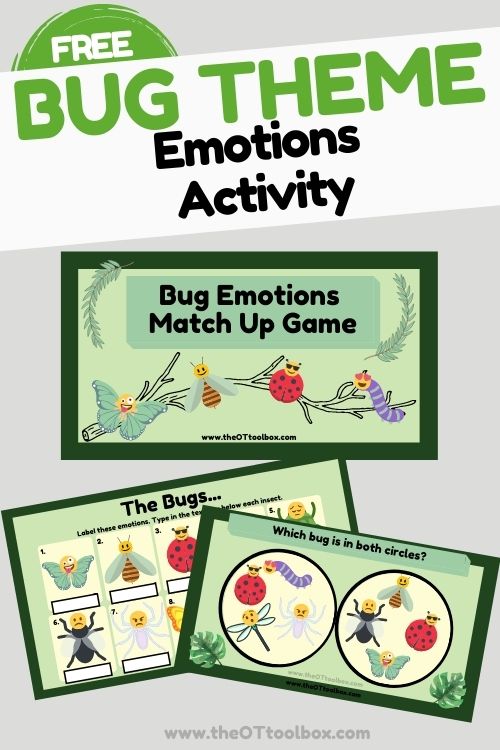
Emotions Matching Game
This emotions matching game is a lot like our other spot it game activities. The idea is to work on teaching emotions by facial expression and to help kids with identifying different facial expressions that translate to feelings and emotions.
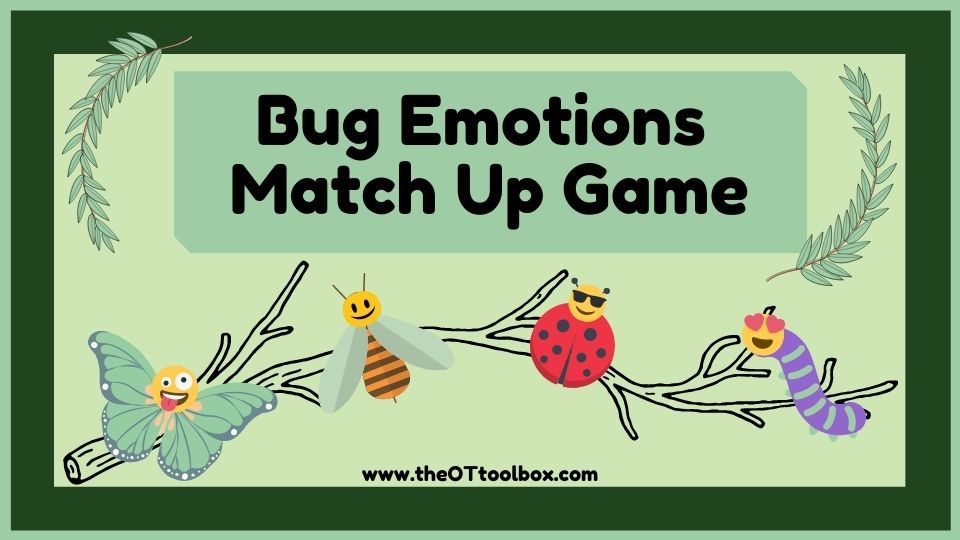
This slide deck has a bugs theme, making it a great activity for Spring (but anytime really…bugs are a fun theme to use in occupational therapy activities!)
When kids play this emotions matching activity, they can first, identify different emotions. On the slide deck children can actually type right into the space below each image.
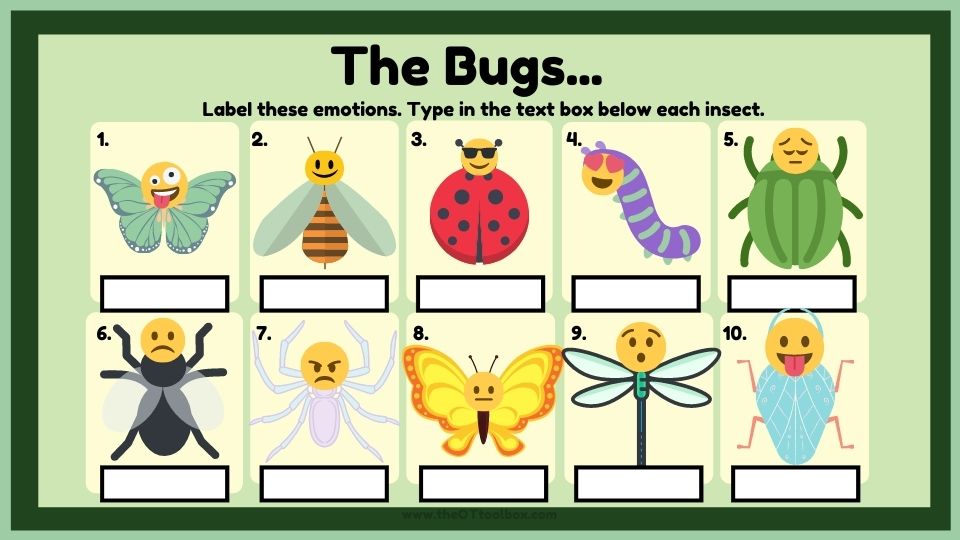
The slides are set up so that kids can type the emotion they identify with each facial expression. Some kids might identify different emotions based on the images. Some of the bugs have silly expressions, and others have angry, worried, happy, or calm expressions. When kids go through this part of the emotional learning game, they can express the reasoning why they define each image as a specific feeling or emotion.
When kids identify emotions, it goes a long way in teaching feelings to kids. This can help them with empathy for others and to better understand why and how they feel certain ways in specific situations.
You can extend this part of the activity to further social emotional development and self evaluation. Help kids identify when they may feel that specific emotion, and what they have done about it in the past.
Then, you can help them identify coping strategies if needed (for feelings of anxiousness, worry, or anger) and when feelings get “too big” or out of control. For example, as the child to describe how they might act when they feel that type of feeling. There are so many ways to extend this part of the emotions game that works on an individual basis; Make the social emotional learning online game work for the child you are treating.
These kind of self-reflection strategies are addressed in the Impulse Control Journal, a printable resource for working on responses, coping mechanisms, and self-reflection that impacts our responses to specific situations in everyday situations. With the Impulse Control Journal, kids can journal their responses and identify ways they can respond and react differently in the future.
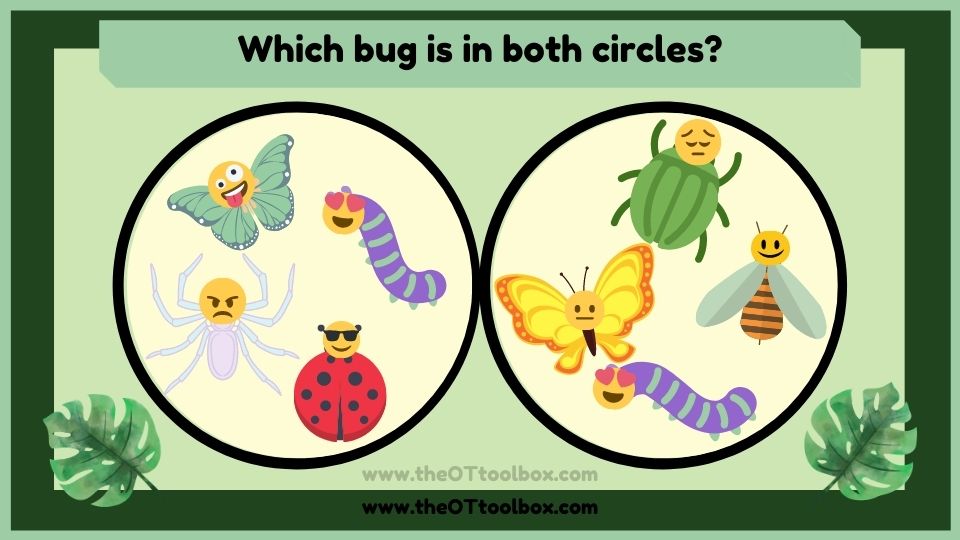
Emotions Matching Activity
The next part of the slide deck includes a spot it game with the emotions and facial expressions images.
Kids will go through each slide and find two matching facial expression bugs that share the same emotion.
This visual discrimination activity helps with more social emotional skills (picturing the expression in different sizes or positioning) and working memory as it relates to emotional learning. They can recall the emotion that they defined for that particular expression and then go back and identify the self regulation strategies that they came up with in the precious part to the slide activity.
This part of the free slide deck is also interactive- Kids can click on the leaves on the slide and drag them over to cover the matching bugs.
This free social emotional worksheet goes well with this slide deck. Print it off and use it with kids to write in different facial expressions.
Visual Perceptual Skills with Matching Games
When kids play matching games like this spot it activity, they are developing and refining so many visual perceptual skills that carryover to reading, writing, math, handwriting, and other aspects of learning.
These are the visual perceptual skills and visual processing skills that this virtual game addresses:
- Visual memory
- Visual attention
- Visual discrimination
- Form constancy
- Visual figure ground,
- Visual scanning
There are different ways to extend this emotions game as well:
- Use it to teach empathy- Identify how others might feel when they have the visual expressions described in this slide deck.
- Work on coping strategies- Use the facial expressions to practice coping techniques.
- Work on handwriting- write down the emotions and work on letter formation, spacing, sizing, and legibility.
- Use the activity as a writing prompt- Kids can write about a time that they experienced one of the emotions on the slide deck. They can describe what led to those feelings and what they did about it if coping tools were needed.
How would you use this emotions game in teletherapy or to guide therapy sessions?
Emotions Slide Deck
Want to add this teaching feelings game to your social emotional skills toolbox? Need easy teletherapy activities that don’t require a ton of materials?
You’ve got it!
Enter your email into the form below. You’ll receive a link to add this slide deck to your Google drive. Then, start using it right away in therapy sessions.
More Social Emotional Tools
Need strategies to work on self-regulation and coping mechanisms? Try the heavy work activity cards for proprioceptive input that calms and helps to regulate.
Or, try the social emotional learning crafts, activities, and play ideas in the resource, Exploring Books Through Play, 50 Activities Based on Books About Friendship, Acceptance, and Empathy.
Emotional Learning information– Use these social emotional learning activities to help children develop positive relationships, teach concepts of behaving ethically, and how to handle challenging emotions and behaviors.
Zones of Regulation Activities– Strategies and hands-on activities to incorporate into self-reflection of feelings, emotions, and our response to situations is the ability to use emotional regulation.

Colleen Beck, OTR/L has been an occupational therapist since 2000, working in school-based, hand therapy, outpatient peds, EI, and SNF. Colleen created The OT Toolbox to inspire therapists, teachers, and parents with easy and fun tools to help children thrive. Read her story about going from an OT making $3/hour (after paying for kids’ childcare) to a full-time OT resource creator for millions of readers. Want to collaborate? Send an email to contact@theottoolbox.com.

